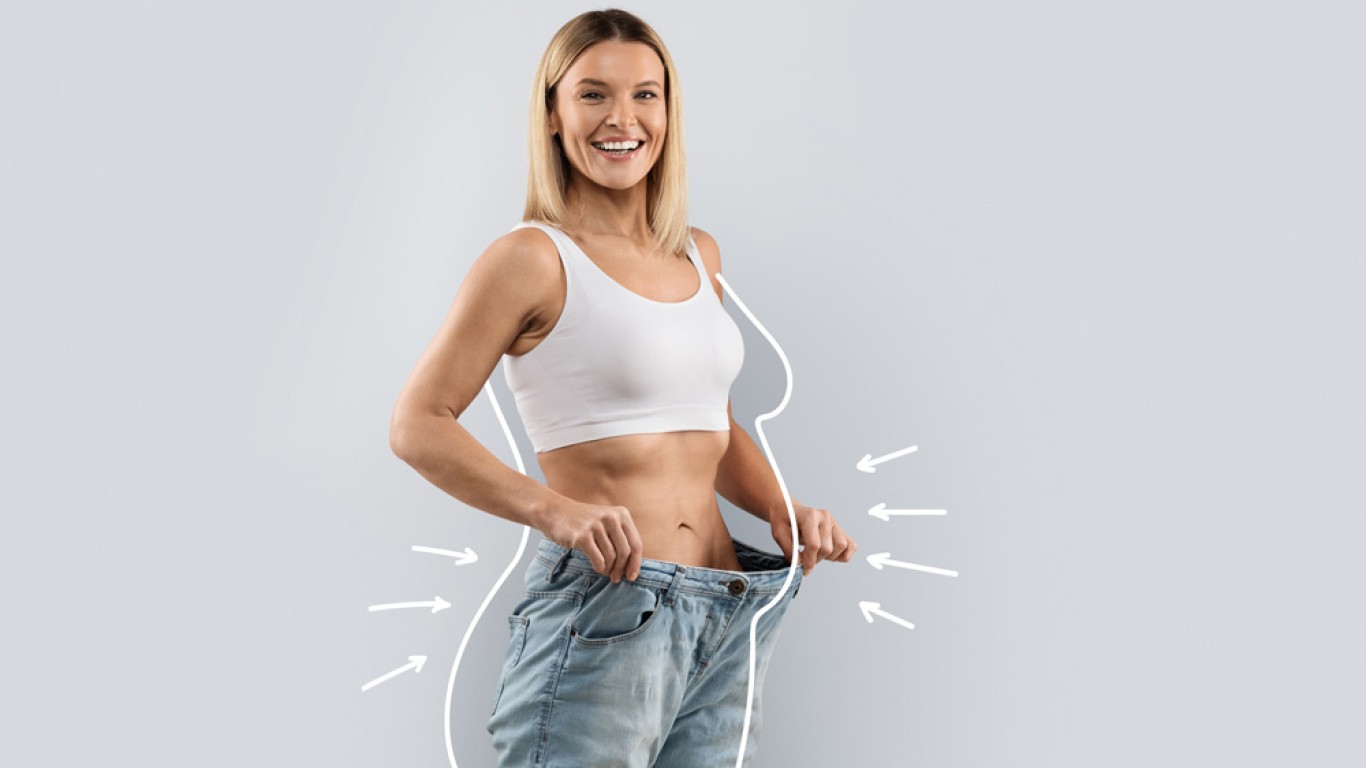Introduction
Gastric sleeve surgery has helped many people lose weight, improve health and regain confidence. But what happens a decade later? Ten years on, patients often reflect on lasting lifestyle changes, weight maintenance and overall wellbeing. The long-term impact is both physical and emotional. Although the procedure brings rapid results in the first year, the years that follow reveal its full value. This article is understanding what to expect 10 years after getting a gastric sleeve helps set realistic goals and encourages long-term success.
What Is a Gastric Sleeve and How Does It Work?
A gastric sleeve, also known as sleeve gastrectomy, is a weight loss surgery. It removes about 75% of the stomach, creating a narrow “sleeve” shape.
This smaller stomach limits food intake and helps reduce hunger by affecting hormone levels. As a result, patients lose weight steadily over the months following surgery.
The procedure is permanent and done laparoscopically. Recovery is usually fast, and patients often return to normal activity within weeks. Long-term results depend on diet, exercise and regular follow-up care.
What Are the First Few Years Like After Getting a Gastric Sleeve?
The first year after gastric sleeve surgery is usually marked by significant weight loss. Most patients lose 60–70% of their excess weight in the first 12–18 months.
Because of this rapid change, energy levels often improve. Also, many obesity-related health conditions lessen or disappear. In the next few years, focus shifts to maintaining results. This includes developing consistent eating habits, managing emotional triggers and staying physically active.
Support from dietitians, psychologists or peer groups is vital during this time. These habits form the foundation for your ten-year outlook.
What Can You Expect After 10 Years With a Gastric Sleeve?
Ten years after a gastric sleeve, many patients maintain much of their weight loss. However, some may regain a small amount due to lifestyle or anatomical changes. Eating patterns tend to stabilise over time. You’ll be able to enjoy a wide variety of foods again, albeit in smaller portions.
Additionally, many report improvements in blood pressure, diabetes and joint pain remain stable even after a decade. Nonetheless, ongoing effort is needed. Long-term success depends on how well you’ve adapted to your new way of living.
Does the Gastric Sleeve Stretch Over Time?
Yes, in some cases, the stomach sleeve can stretch slightly over time. This doesn’t mean the surgery failed. Stretching can happen naturally as the body adjusts. However, significant stretching may result from regularly overeating or ignoring hunger cues.
To prevent this, it’s important to maintain good eating habits. Focus on eating slowly, stopping when full and avoiding large portions.
If hunger increases or weight regain becomes noticeable, your clinic can offer support. Nutritional guidance or endoscopic options may help restore control.

Is Weight Regain Common After 10 Years With A Gastric Sleeve?
Some weight regain is normal over time. However, most patients remove at least 50% of their excess weight even after 10 years. The key to preventing large-scale regain is consistency. Patients who stay engaged with healthy routines usually maintain better results.
Support groups, counselling or return visits to your surgical team can help if challenges arise. Mental health plays a major role in long-term weight management. Regaining a few kilograms doesn’t mean failure. What matters most is staying on track and seeking help early.
What Long-Term Gastric Sleeve Benefits Are Still Noticeable?
Ten years on, the benefits of gastric sleeve surgery are still evident for most patients. Weight-related health issues often stay reduced or fully resolved.
For example, people often experience:
- Lower blood pressure
- Reduced joint pain
- Improved cholesterol
- Normalised blood sugar levels
Additionally, many patients feel more energetic and confident in their daily life. These positive changes tend to stay when healthy routines continue.
It’s also common to enjoy more physical activity and better sleep. Patients also feel a stronger sense of control around food.
How Often Should You See a Doctor?
Long-term follow-up is essential after a gastric sleeve, even many years later. Annual check-ups help monitor weight, nutrition and overall health. Blood tests can identify vitamin or mineral deficiencies. You may need supplements such as vitamin B12, iron or calcium.
Some patients stop follow-ups too early, assuming the work is done. However, checking in regularly can help you spot small issues before they grow.
Your surgical team can also provide updates on new treatments or support services.
Can You Still Have a Healthy Diet After 10 Years?
Yes, in fact, many patients report better food choices long after surgery. Your stomach remains smaller, but most foods can be enjoyed again. A balanced diet with lean protein, whole grains, fruit and vegetables remains key. Portion sizes stay smaller, but hunger cues are easier to read.
Avoiding grazing, sugary drinks or frequent snacking helps protect long-term results. Mindful eating supports both weight and wellbeing.
Additionally, meal planning and prep habits built over time make healthy eating more sustainable.
Can You Still Exercise Normally With A Gastric Sleeve?
Absolutely. Ten years after surgery, regular physical activity is encouraged and often easier than before surgery.
Many patients develop exercise routines that become part of their daily lifestyle. Whether it’s walking, swimming or yoga, staying active supports both physical and mental health.
Exercise also helps maintain muscle mass and supports metabolism as you age. It reduces the risk of regaining weight and boosts energy levels.
Consistency matters more than intensity. Start small and build routines that match your schedule and preferences.
What About Mental and Emotional Changes?
Gastric sleeve surgery affects more than just your body. Ten years on, many patients feel more confident and in control. However, emotional challenges can still appear. Body image, social pressures or stress may influence eating habits.
That’s why long-term mental support is so important. Therapy, support groups or even journaling can help manage feelings over time. Developing self-compassion, celebrating progress and recognising emotional triggers are all part of the journey.
Conclusion
Gastric sleeve surgery creates life-changing results, but success doesn't stop after the first year. Ten years later, most patients continue enjoying better health, sustained weight loss and improved confidence.
While some regain is normal, long-term outcomes remain positive when supported by healthy habits. A balanced diet, regular exercise and emotional awareness keep you on track.
Staying connected with your medical team and support network ensures the journey continues smoothly. Gastric sleeve surgery is more than a one-time procedure - it’s a lifelong investment in better health.
For more information and to book a consultation visit the ACIBADEM Beauty Center Obesity Surgery page.
Frequently Asked Questions
Some regain is common, but most patients maintain significant weight loss with consistent habits.
Yes, your stomach remains smaller, and you’ll continue feeling satisfied with smaller meals.
It can stretch slightly, especially with overeating, but habits play the biggest role in outcomes.
Yes, regular blood tests and supplements like B12 or iron may still be necessary.
Absolutely. Yearly check-ups help ensure nutritional health and long-term success.













